
Guys have options when it comes to hair loss. Unfortunately, in the medical community, it only really boils down to three things:
- DHT blockers like Finasteride (stops hair loss)
- Minoxidil aka. Rogaine (regrows hair, doesn’t stop hair loss)
- Ketoconazole shampoo (stops hair loss)
These are the go-to treatments and indeed are the most effective. For more info on how they work, check out our main hair loss article.
However, these drugs have side effects. Finasteride users report depression and loss of erections and libido. What’s worse is that the negative side-effects are permanent in some people even after you stop the drug. Most people, however, experience no side effects and tolerate the drugs with ease. So you don’t really know until you dry, and indeed if you’re anxious about hair loss, this should be your first option. Keep in mind that a Japanese study tested side effects by giving 3,177 men finasteride. Only 23 reported side effects.
On the other hand, if you don’t want to risk it, want to mitigate side effects, or try something else first, you can try some natural solutions. If you haven’t started balding yet, trying these can’t hurt.
Natural treatments for hair loss include PRP Injections, Pumpkin Oil, Rosemary Oil, Stinging Nettle, Peppermint Oil, Saw Palmetto, Garlic, Onion, Biotin, Castor Oil, and Vitamin A.
The Best Natural Treatments for Hair Loss
These are not going to be as effective as the top 3 drugs listed at the top. They might also do absolutely nothing for you. Also, keep in mind that they could also give you side effects. If they don’t give you side effects, that might be because they’re not as effective as actual drugs. The only way to avoid side effects 100% is to do nothing. Rogaine and Finasteride cause side effects such as rashes, itching, greying hair color, swelling, heart rhythm problems, circles under the eyes, impotence, erectile dysfunction, reduced libido, dizziness, etc. But that’s not to say you can’t get these side-effects with natural remedies also, provided they do anything, to begin with.
What Causes Hair Loss in Men?
The core reason for hair loss is that DHT, an androgen produced as a byproduct of testosterone, attacks the hair follicles. The follicles then shrink, fall out, and never return. Finasteride can treat hair loss by blocking the activity of 5-alpha reductase, the enzyme that converts testosterone to DHT.
Only the hair follicles on the top of your head are sensitive to DHT. The other hair follicles on your body actually grow more with DHT. Male pattern baldness only affects individuals genetically predisposed to male pattern baldness. Men who don’t produce DHT don’t go bald. So, all you really have to do is block DHT from reaching the hair follicles on your scalp, and you’re protected from hair loss. Unfortunately, DHT is responsible for your libido, among other things. Whether you block DHT with drugs or with natural oils, you’re still going to experience unwanted side effects.
Rogaine, on the other hand, works differently. It doesn’t prevent hair loss; it just regrows hair. When you stop taking it, your hair falls back to the levels it would have been at anyway if you had never started. You need to take it for 6 months before you see significant results. For some people, Rogaine doesn’t even work.
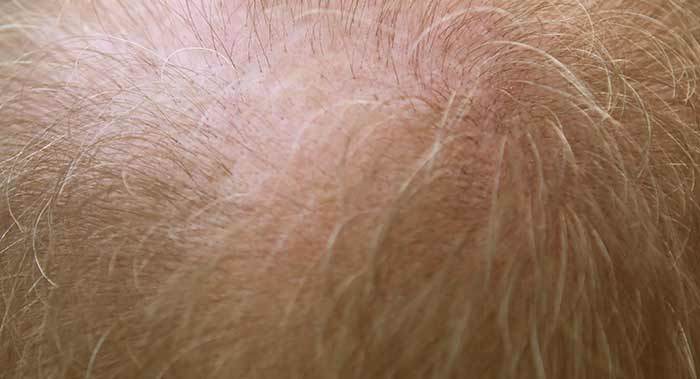
Another thing you need to pay attention to is diet and overall lifestyle. There isn’t much research on what type of diet or food is best for hair loss. But you can generally assume that if you’re missing or deficient in nutrients, you’re going to lose hair. Or if you eat unhealthily, you’re also going to lose hair. i.e., too much sugar, too much junk food, too much processed food, etc.
Excessive alcohol consumption correlates with male pattern baldness. But so is no alcohol consumption at all. Therefore it’s best to drink a little bit of alcohol, but not to binge on it. Smoking correlates with increased hair loss. Low body mass index leads to hair loss too. Insulin resistance increases hair loss as well, which is why I recommend going on a keto diet once in a while, along with intermittent fasting or weekly fasting. Do anything you can to keep diabetes at bay. It will lead to hair loss by calcifying the arteries in your scalp that feed your hair.
SHBG (Sex Hormone Binding Globulin) is a protein that is produced in the liver that binds hormones such as DHT (the main reason for hair loss), and it increases with age. You don’t want it to be too low, or else it won’t grab the DHT, but you don’t want it to be too high, or else you’ll have symptoms of low testosterone and still have a bunch of DHT circulating. You want it to be in the normal range of 60-80 nmol/L. Eating too much protein, too many carbs, or gaining too much weight will decrease SHBG. On the other hand, eating more fiber, resveratrol, a more vegan diet, and a supplement called berberine can increase SHBG.
Microneedling & Dermarolling
Microneedling creates tiny punctures that can reach all the way into the dermis and helps increase product absorption by up to 3000%! The needles also create tiny little micro-injuries that bring more blood to the scalp and grow new collagen. Collagen serves as a scaffold for your hairs and helps keep the follicles healthy. The inflammation helps bring more blood flow and can help revive dead hair follicles.
Microneedling is either done professionally in an office setting, or you can purchase a microneedling kit for home use:
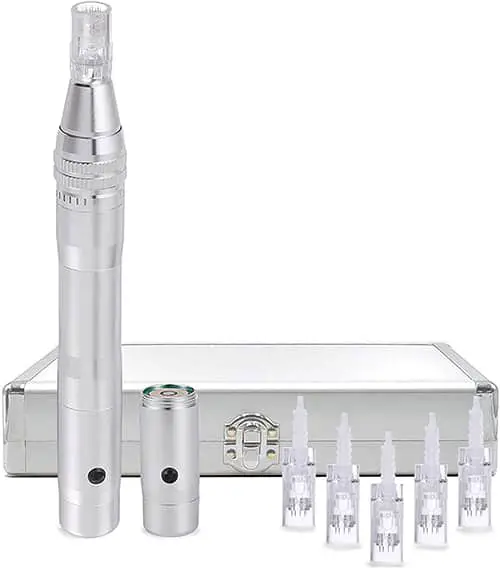
Alternatively, you can buy a derma-roller. However, make sure you get a derma-roller with actual tiny needles. Some of them have tiny little knives instead that will tear up your skin.

A length of 1.5 mm. is recommended for hair loss once a week or two. Some people use a needle length of 0.5 mm. to help with product absorption, such as with any of the products discussed in this article.
Stem Cell Growth Factors
Stem cell growth factors are not stem cells. Instead, they are growth factors and cytokines derived from ethically-sourced human fat stem cells. Fukuoka et al. (2015) took a look at using these stem cell growth factors to treat hair loss.
Results: Hair numbers were significantly increased after treatment in both male (including those without finasteride administration) and female patients. In the half-side comparison study, the increase in hair numbers was significantly higher on the treatment side than on the placebo side.
Conclusion: Treatment using adipose-derived stem cell-conditioned medium appears highly effective for alopecia and may represent a new therapy for hair regeneration.
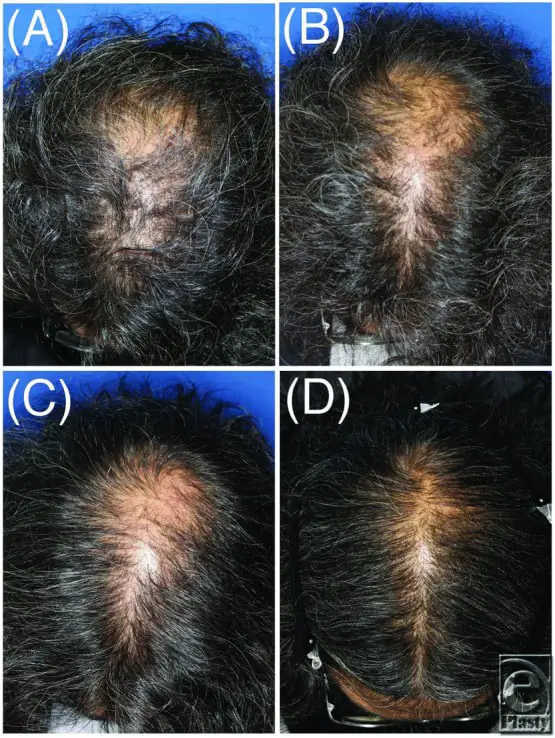
I recommend combining these with a derma-roller to make sure they get absorbed well.
Peppermint Oil
Peppermint oil (topically) has been touted to improve hair growth without all other drugs’ bad side effects. Ji Young Oh MD et al. in Korea took saline, jojoba oil, 3% minoxidil (the active ingredient in Rogaine), and 3% peppermint oil. The researchers then gave all these topically to mice over a 4 week period. They evaluated hair growth, histological analysis, enzymatic activity and carefully monitored the mice’s weight.
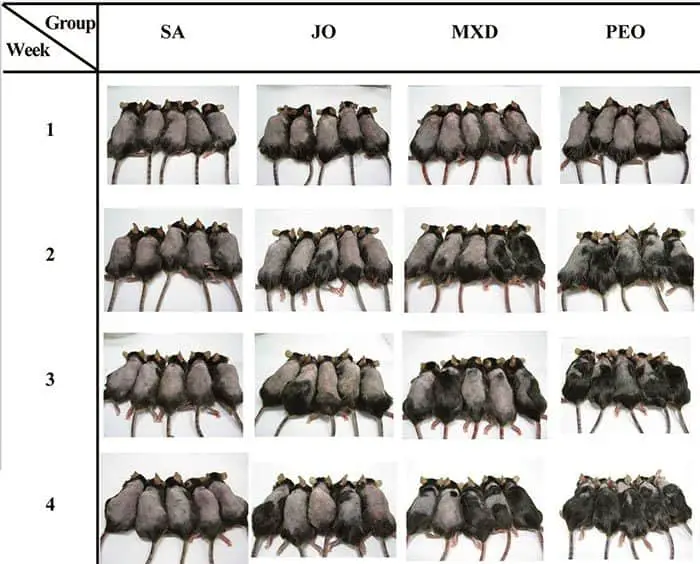
At week 4, peppermint showed a 92% hair growth increase vs. 55% with minoxidil. The bottom right of the above picture shows the mice after peppermint oil, and you can see that the amount of hair growth is much better than the other tested substances.
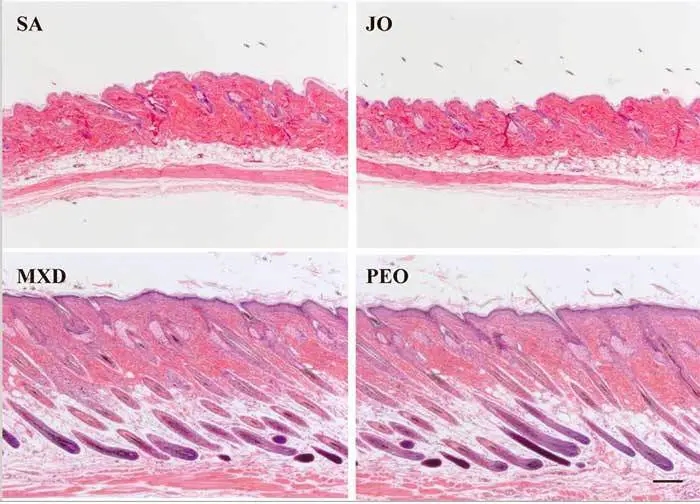
Here are the vertical histological samples from the mice. As you can see, jojoba and saline pretty much didn’t do anything. But peppermint (PEO) and minoxidil (MXD) caused not only increased growth but more hair follicles to sprout. Take this with a grain of salt, though, because inducing the anagen phase in mice is far different than in men.
Pumpkin Oil
Pumpkin powder (orally) is also effective at stopping hair loss. Young Hye Cho MD et al. tested 76 men with male pattern baldness in a randomized, placebo-controlled, double-blind study. They gave a treatment group of 37 men capsules of Octa Sabal Plus over a period of 24 weeks. Octa Sabal Plus is a product from Korea created for kidney health and contains pumpkin powder. Unfortunately, pumpkin oil by itself wasn’t really tested. The researchers gave the rest of the 39 men placebo over the same time frame. They were all assessed for hair growth after 24 weeks.
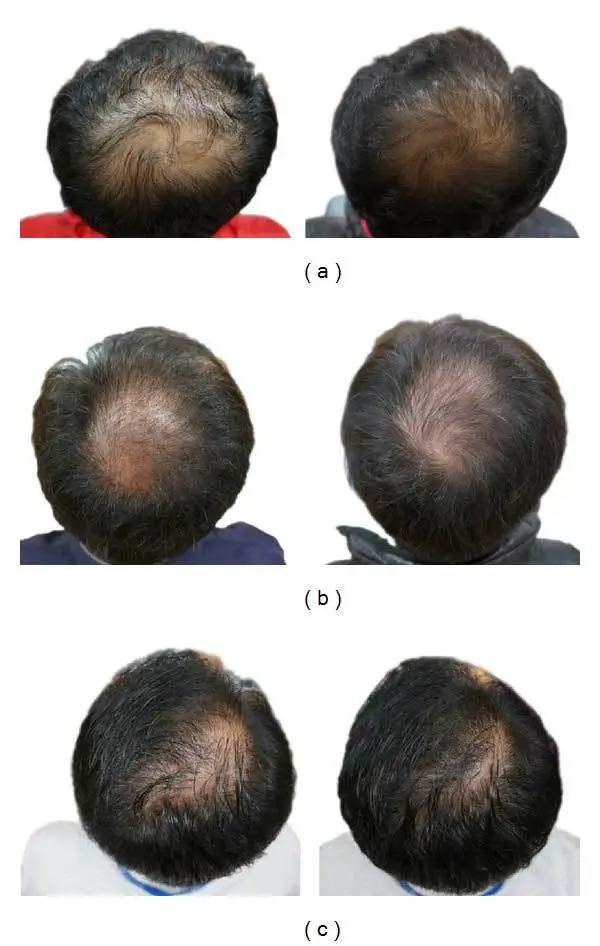
Here are three different men showing baseline on the left and 24 weeks after treatment on the right.
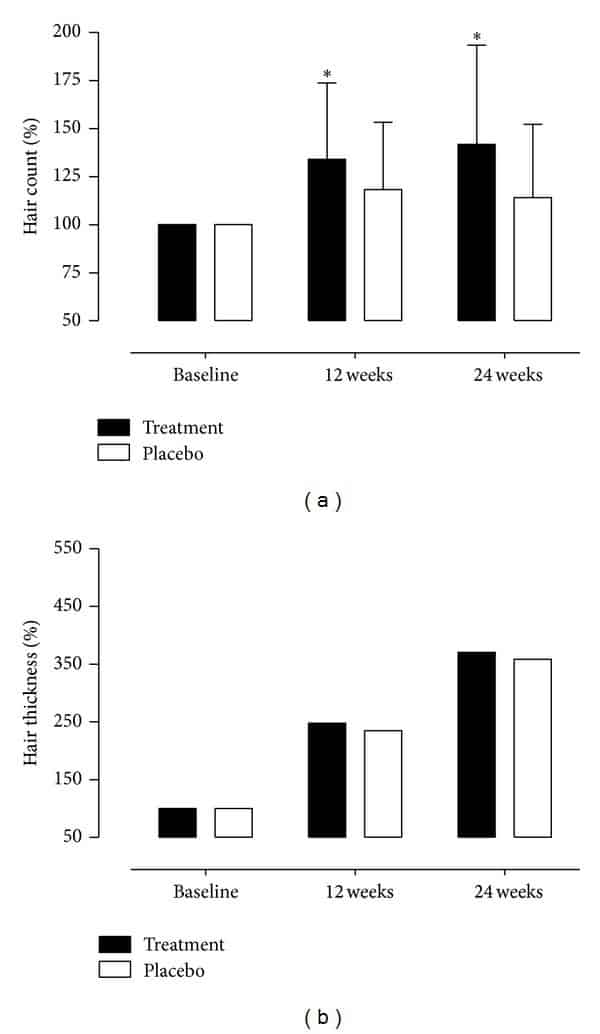
The first graph (a) here shows the hair count at baseline, 3 months, and 6 months. The second graph (b) shows hair thickness.
The increase is modest and only compared to placebo, not Rogaine. The placebo group also gained back plenty of hair too, either from seasonality or the placebo effect itself. Still, it’s potentially worth adding to your hair growth regimen as a 5-alpha reductase inhibitor.
Saw Palmetto
Dr. Rossi et al. decided to compare saw palmetto (orally) to the go-to 5-alpha reductase inhibitor on the market currently (finasteride). This was a long study. It tested 100 men over a period of 2 years. The researchers then scored photos via an index at the end of the 2 years and compared finasteride to saw palmetto.
38% of patients treated with the saw palmetto had an increase in hair growth, but 68% of those treated with finasteride noted an improvement. Finasteride was also more effective for more than half of the patients (33 of 50) for level 2 and 3 alopecia. Basically, it does work a little, but it’s not as effective as the real thing.
Rosemary Oil
Dr. Panahi et al. took 100 men, gave half of them minoxidil and the other half rosemary oil (topically) for a period of 6 months. They took photos at 3 and 6 months. At 3 months, no significant change occurred in either group, which is normal. At 6 months, both groups had increased hair growth, with no significant difference between the two. They were both effective. However, the scalp itching was worse in the minoxidil group. Both Rogaine and rosemary oil don’t appear to be very effective treatments. This is because hair seasonality in humans could explain the results, like when a dog sheds/regrows its fur.
A different study by Murata et al. (topically) showed that rosemary inhibits the binding of DHT to hair follicles. At 500 mg/ml, rosemary caused an inhibition percentage of 94.6%.
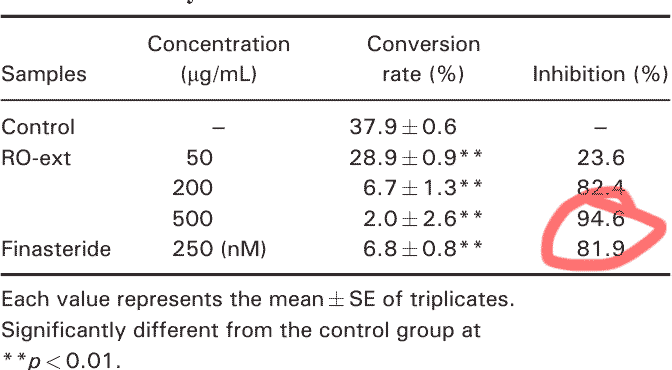
However, finasteride was present in a much lower concentration and still had about equal inhibition percentage. There need to be more studies before it can be determined that rosemary oil is an actually effective DHT blocker.
Garlic
Dr. Maluki et al. tested Garlic (topically) for a condition called alopecia areata, which is sudden hair loss of hair patches. It occurs in about 1.7% of people in their lifetime. They merely took 10 men with these bald patches, gave them topical garlic extract for 2 months, and took pictures at the end. While not a super rigorous study, the results still speak for themselves.
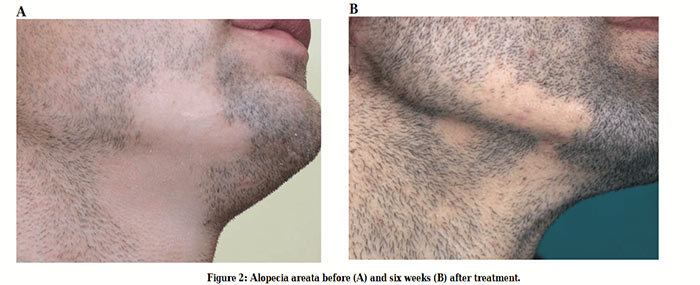
Though alopecia areata is not the same as male pattern baldness, it’s not a huge leap to extrapolate that it might work for normal hair regrowth and could possibly make a difference in your hair regrowth routine.
Onion Juice
Dr. Sharquie et al. tested onion juice (topically) for alopecia areata. The researchers gave one group of 23 people onion juice. They then gave another group of 15 patients tap water as a control. Both groups applied their treatment for two months. At six weeks, they observed hair re-growth in 20 patients (86.9%). This was higher in males than in females. Two patients in the control group (13%) also regrew hair.
Again, as with garlic, this treatment is helpful mainly for alopecia areata, but it could potentially work for male pattern baldness as well.
Prp for Hair Loss
To get platelet-rich plasma, a provider will draw your blood and put it into a centrifuge. They then separate the plasma, draw it up in a syringe, and then inject it into the target site. In this study, Dr. Swapna S Khatu et al. looked at 11 patients suffering from various types of hair loss, 6 of which weren’t responding to the standard minoxidil and finasteride treatment. They injected 2-3 ml. of PRP into the scalp every 2 weeks. After 3 months, they assessed the results by clinical examination, macroscopic photos, hair pull test, and the patient’s overall satisfaction.
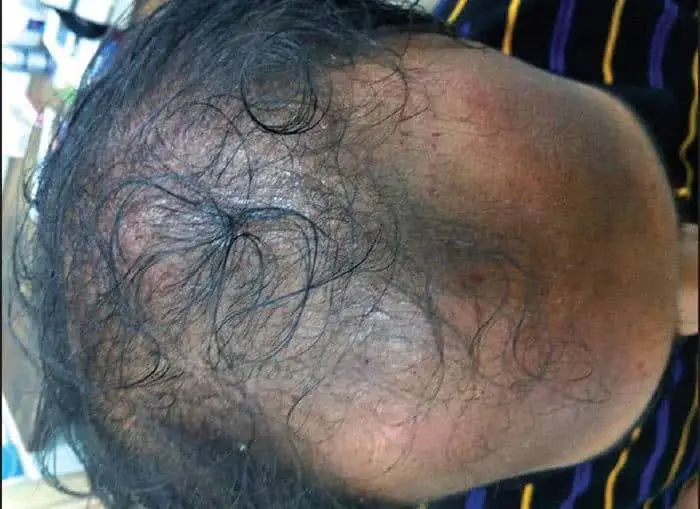
Before
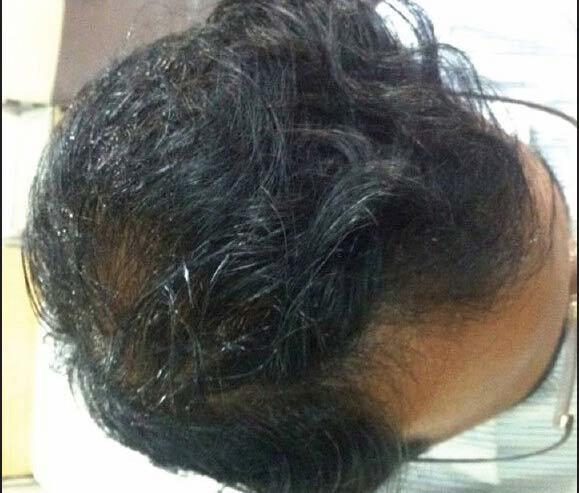
After
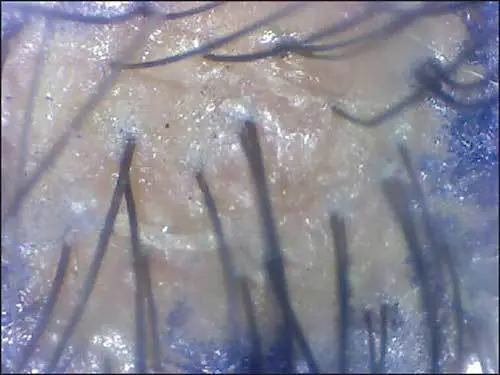
Before
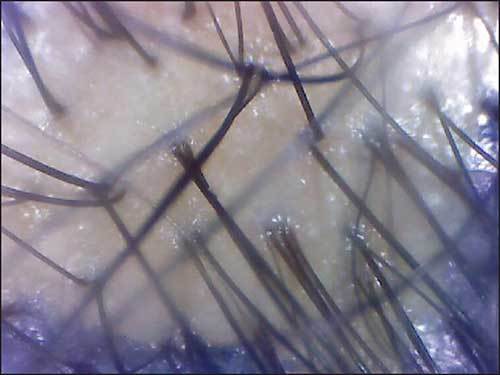
After
The results speak for themselves. Hair count increased from 71 hair follicular units to 93. Hair follicular units are groups of hair that usually consist of 1 to 4 hairs and all the nerves, sebaceous glands, and muscles that accompany them. In hair transplant surgeries, surgeons take these hairs from other parts of the head to cover up the scalp. The average patient gained 22.09 follicular units per cm2.
Also, the researchers performed a hair pull test. They literally pulled a hair out of the patient’s head, which came out easily. After 4 sessions of PRP, they could no longer pull the hair out. So if you see a bunch of hair in the sink or shower every day, PRP is for you.
Nettle Leaf
There haven’t been any direct studies on hair loss and nettle leaf. But nettle leaf (orally) does prevent testosterone’s conversion to DHT. A study by Dr. Safarinejad showed that nettle leaf does a great job of inhibiting 5-alpha reductase for patients with BPH. You can extrapolate this to hair loss sufferers since the mechanism for scalp hair loss is the same.
This 2011 study showed that inflammation is also a big part of hair loss. Along with the antioxidants found in nettle that neutralize free radical damage, you’ve basically got a wonder-herb that is great for hair health. It’s definitely worth including in any anti hair loss regimen.
Biotin
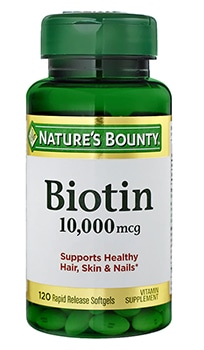
Biotin is a common vitamin for hair growth, nail growth, and overall hair and nail health. Many people take it to improve their hair’s strength or for their nails to grow without breaking. Some research backs up biotin’s effectiveness in treating thinning hair for women (Glynis, 2012), an additional plus.
However, biotin alone is not nearly enough to be a treatment for male pattern baldness. It will only work if the root cause of the hair loss is a biotin deficiency. Biotin should be something you easily get into your diet. Eggs, salmon, avocado, and dairy have biotin. There’s no need to buy biotin supplements.
Castor Oil
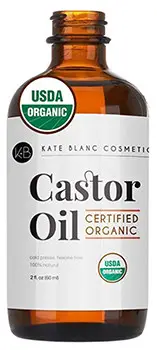
Next in line in our list of alternative remedies is castor oil. Many people believe that castor oil can help speed up hair growth and strengthen hair. Anecdotally, it speeds up hair growth, and many people use castor oil to get thicker eyebrows.
You should note that these claims are not scientifically backed. However, many people can attest to castor oil as a potent hair growth agonist, and it is a relatively inexpensive option. Some people eat castor oil instead of applying it to hair, but this requires caution as castor oil is a laxative.
So, the most that you could lose in trying castor oil is some time and effort.
Vitamin A
Vitamin A deficiency can lead to a lot of problems. One of these problems is hair loss. Vitamin A is an important nutrient needed for cell growth. With the right amounts, vitamin A can stimulate growth and help hair become healthier (Everts, 2012).
Vitamin A is another thing you should get from your diet instead of supplementing it. Good sources of vitamin A include liver, sausage, mackerel, salmon, and cheese. Again, like biotin, vitamin A will do absolutely nothing for your hair unless you’re actually deficient in it.
Conclusion
PRP, microneedling, stem cell growth factors, and peppermint oil are the best options as far as natural hair loss remedies go. But the bottom line is that these products still don’t have the same quality of research behind them on humans that finasteride and minoxidil do. If you feel like experimenting or can’t take minoxidil/finasteride due to side effects, go ahead and give these a shot.
I suggest buying some oils from a high-quality source and mixing them with a carrier oil like jojoba to create a serum, experimenting with what works best for you. But personally, I hated having oil and grease in my hair. Still, it could be worth a shot. Some people even used oils for hair loss in conjunction with microneedling. So if you really want to do something besides minoxidil/finasteride for fixing your hair loss, you still have some options.

